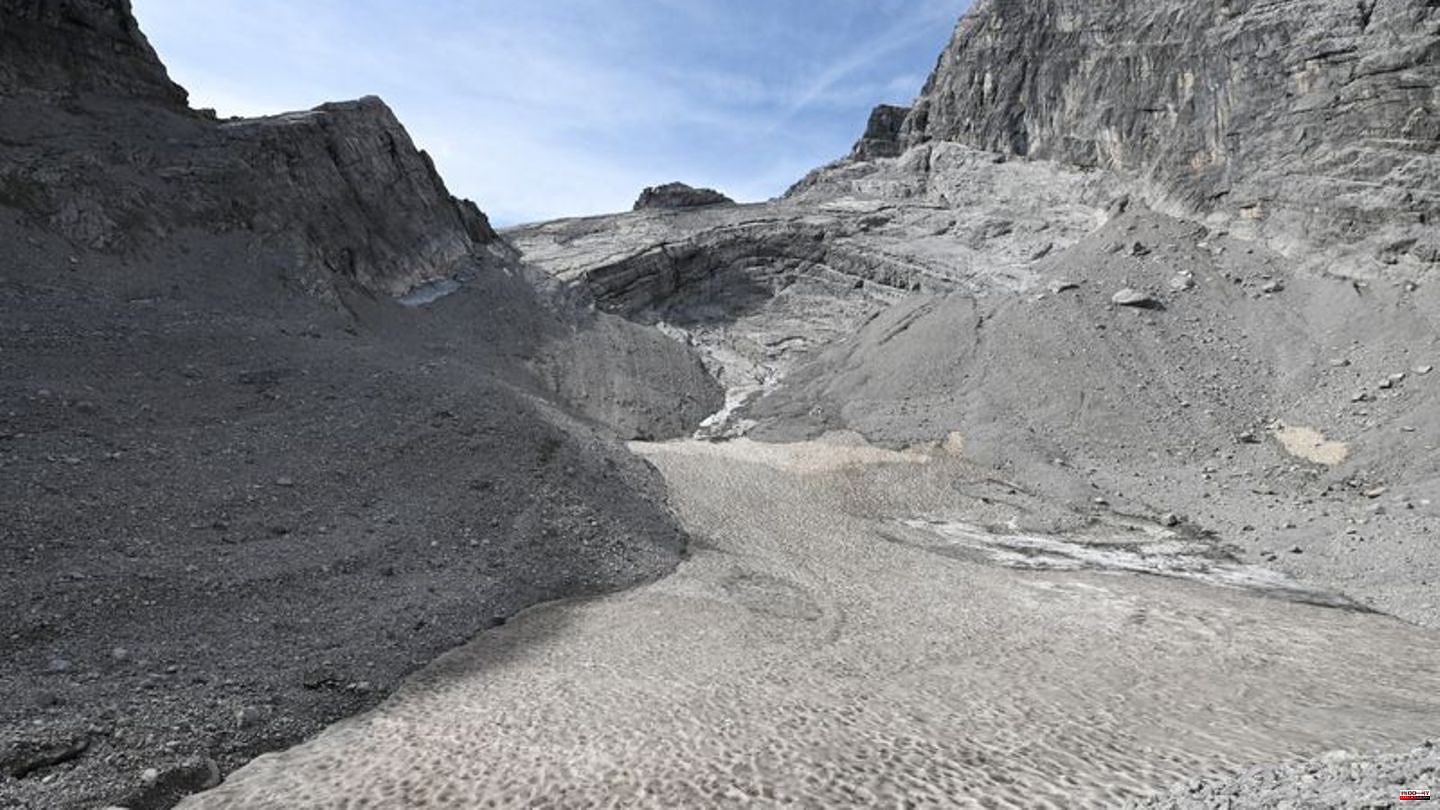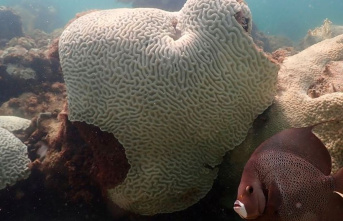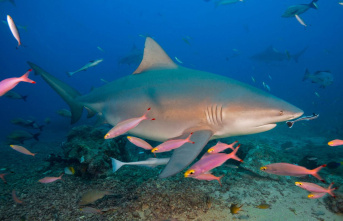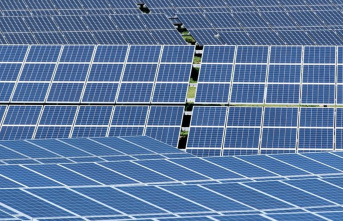It's going there: Germany's glaciers are melting. The ice on the Blaueis glacier, the Schneeferner on the Zugspitze and the Höllentalferner has again receded significantly this year.
The least visible is the decline on the Watzmann glacier in the Berchtesgaden Alps. On the one hand, it lies in a hollow and is therefore relatively thick, so that the loss on the surface is less noticeable. On the other hand, it is partly covered by a layer of rubble, which makes it difficult to determine its size, but also partially protects it from melting further, as Christoph Mayer, glaciologist at the Bavarian Academy of Sciences, explains. "We find it difficult to determine the area of the Watzmann Glacier." Most recently it was around five hectares in size.
The ice melt even has an indirect protective effect on this glacier - albeit a very small one: Because the permafrost in the ground is also melting, more rock is loosening - and covering the glacier with even more debris.
In addition to the heat, the Sahara dust in particular affected the glaciers this year. In March it was deposited as a reddish layer on ski slopes and glaciers. Because the darker area absorbs more of the sunlight's energy, it accelerates melting.
Of the five German glaciers, the southern Schneeferner has been hit hardest by defrosting. It could disappear completely as early as next year. "Maybe it will last another two or three years. But that's definitely the candidate who will be the first to disappear," says Mayer. The glacier had 1.8 hectares when it was last measured in 2018 - the next evaluation of measurement data is imminent.
The Höllentalferner is doing particularly well, recently measuring 16.7 hectares. It too lies in a deep hollow and is regularly fed by avalanches, not least because of its location. "Our prognosis is that the Höllentalferner will survive the longest because it is now the largest," says Mayer. "In the case of the glacier, we assume that we still have 15 to 20 years left here." The five German glaciers also include the northern Schneeferner and the Blaueis in the Berchtesgaden Alps.
Bavarian glacier report












